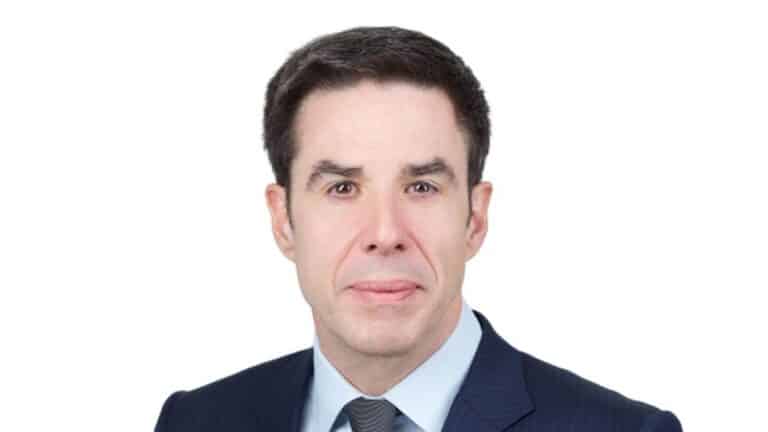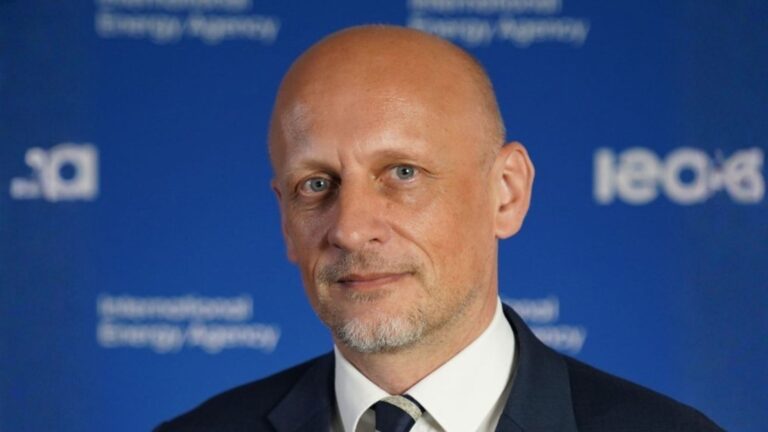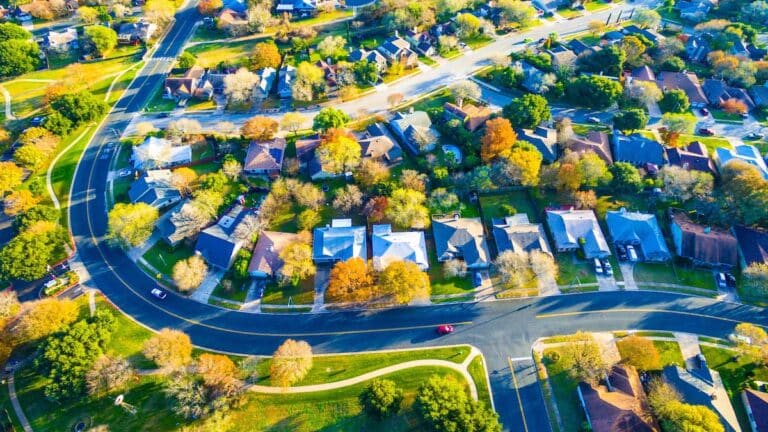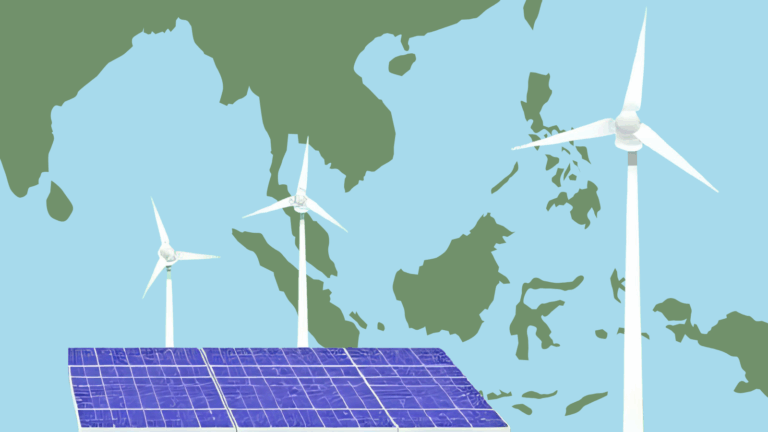This website uses cookies as well as similar tools and technologies to understand visitors’ experiences. By continuing to use this website, you consent to Columbia University’s usage of cookies and similar technologies, in accordance with the Columbia University Website Cookie Notice.
Guest
Katherine Blunt
Journalist, Author, California Burning
Wildfire season is upon us. With nearly 80% of the Western US in extreme drought, fires have already scorched more than five and a half million acres this year – double the number of acres compared to this time last year.
Those fires pose an increasing risk to electric utilities. And no utility feels the urgency of that risk more than PG&E.
In 2018, PG&E equipment sparked the most devastating wildfire in California history – and it forced one of America’s largest utilities into bankruptcy protection.
The story isn’t likely to be an anomaly. As journalist Katherine Blunt writes in her new book, California Burning, the story is “a harbinger of challenges to come” as climate change threatens the grid built for a different era.
Katherine joins Bill Loveless on the show this week. She’s a Wall Street Journal reporter who covers the power industry. Her team’s reporting on PG&E was honored with multiple awards for business investigative journalism.
Bill spoke with her about the PG&E saga – and what it tells us about the risks facing utilities and the power grid in a rapidly-warming world.
More Episodes
Emmanuel Lagarrigue on Climate Investing Today
Investment in clean energy technologies is on course to hit a record $2.2 trillion this year, according to the International Energy Agency. That’s more than twice the amount...

Amy Harder on Climate and Energy Reporting
The national conversation around climate change is shifting. There’s more focus on energy affordability and demand, as well as on the dual role artificial intelligence plays as both...

In a Charged Environment, FERC Faces Demands for Energy
The Federal Energy Regulatory Commission (FERC) regulates the United States’ energy transmission, pipeline networks, and wholesale rates for electricity. For much of its history, FERC was a little-known...

World Energy Outlook 2025: Navigating Divergent Futures
Around the globe, and here in the United States, energy markets face huge uncertainties. They include everything from rising geopolitical tensions to a wave of new liquefied natural...

Relevant
Publications
Six Key Issues That Defined Climate Week 2025
CGEP scholars reflect on some of the standout issues of the day during this year's Climate Week

India’s Ambitious Green Steel Plan Hinges on Mitigating Coal
Amid plans to nearly double its steel production capacity by 2030 to serve its growing infrastructure needs, the world’s No. 2 steel producer India has released plans to reduce greenhouse gases from the sector, which account for about 10 percent of the nation’s total emissions.

Triggering Investment in First-of-a-Kind and Early Near-Zero Emissions Industrial Facilities
This report explores financial policy instruments that can make first-of-a-kind (FOAK) near-zero emission industrial facilities viable.

Response to DOE Request for Feedback on New Zero Emissions Building Definition
The following document includes the responses submitted to the Department of Energy following the request for information on proposed national definition of a zero emissions building.


